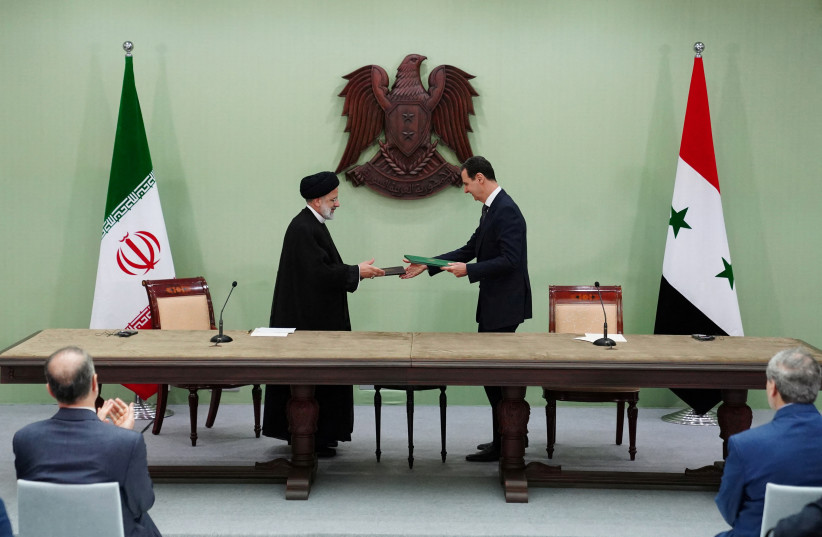Iran’s foreign minister was in Syria last week. During meetings with the Syrian regime, the Iranians said that the US should “go home” from Syria. This coincided with clashes between the US-backed Syrian Democratic Forces and tribes who live near the Euphrates river valley. Since then, there have been competing claims about whether outside influence fueled the clashes, or whether they were merely brought about by local grievances.
What may have begun as local grievances now has much larger implications. Turkish-backed Syrian rebel and proxy groups have mobilized to fight the SDF. The tribes continue to fight. There is intensive coverage by pro-Iran media such as Al-Mayadeen, and it is clear that all eyes are on central and eastern Syria. What might happen next?
Rudaw media in Erbil, Iraqi Kurdistan, noted that “days of deadly clashes in Syria’s eastern Deir ez-Zor province between Kurdish-led, US-backed Syrian Democratic Forces (SDF) and local Arab fighters are culminating in a looming battle as the SDF attempt to retake the last town held by tribesmen, a war monitor said on Monday.” Rudaw has good sources in Syria, however, they also rely on the Syrian Observatory for Human Rights (SOHR), a UK-based war monitor. Now SOHR says a town called Dhiban is being shelled: “The violence in Kurdish-controlled Deir ez-Zor since clashes erupted on August 27 has killed at least 71 people so far, including 39 local fighters, 23 SDF members, and nine civilians, while nearly a hundred have been injured, according to SOHR.”
All eyes are on Syria
A report at Al-Mayadeen said sheikhs of the Al-Akidat tribe had repelled an SDF attack. The report also indicates that some tribal leaders have been in contact with the US. The US has tried to broker some kind of calm, utilizing its forces and diplomats, according to reports. The US has often neglected eastern Syria, using a small number of personnel to back the SDF against ISIS. The US also uses Syria for other reasons. US aircraft and drones are active.

These sometimes may strike at ISIS and other extremists but they can also play other roles, such as checking Russian and Iranian aggression.
It is unclear if the SDF will be able to fully re-assert control. Iranian and regime agents, as well as Turkey, may be seeking to prolong the fighting. It is in their interests to reduce US influence and cause casualties among the SDF, and to get locals to request the regime or other forces enter the vacuum. Therefore, what happens in eastern Syria could lead to a huge vacuum of power along the Euphrates river. In the past this was used as a conduit for extremists to pour into Iraq. Today Iran uses this area also to move weapons on the western side of the river from Albukamal to T-4 base and onward to Lebanon.
